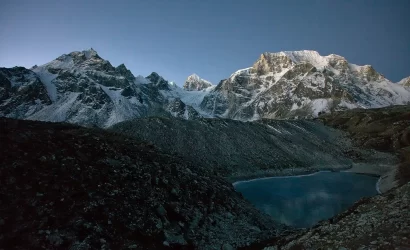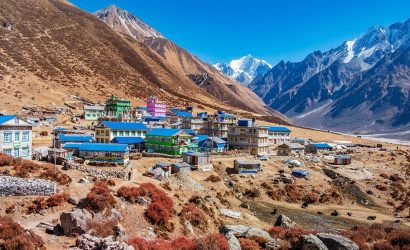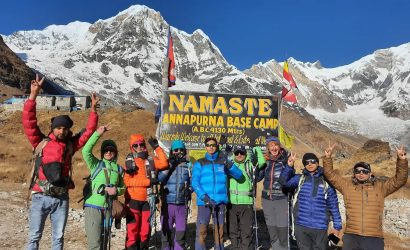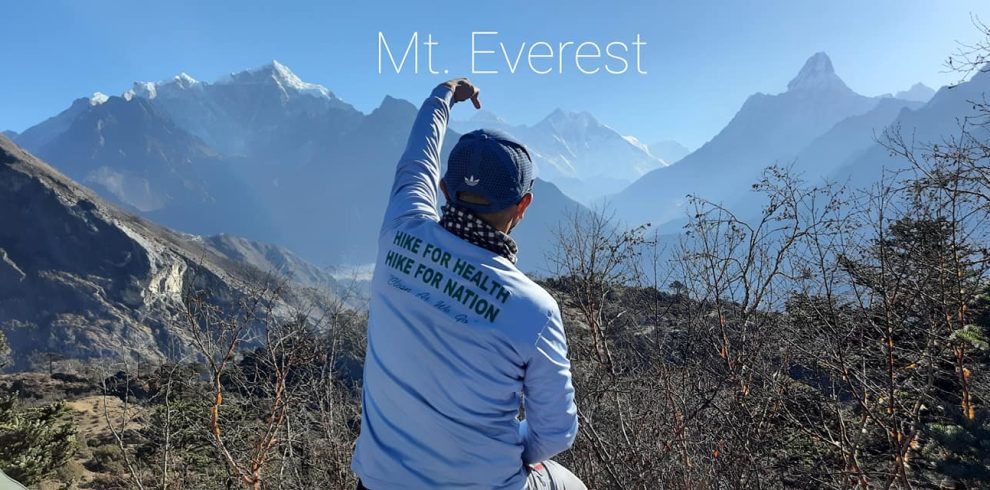-
Moderate
-
Kathmandu
-
Kathmandu
-
Gorkha, Dhading
-
Adventure/Active
-
12+
-
Private and Group
-
Fully Guided
-
Instant Booking
-
4200m
-
March-May and Sep-Nov
Overview
The Tsum Valley Trek is a lesser-known trail in Northern Nepal that borders Tibet and is surrounded by some of the highest peaks including the Buddha Himal, Himalchuli, Ganesh Himal, and Sringi Himal. This trek is rich in cultural and historical significance and has recently become accessible to trekkers. It offers a glimpse into an ancient way of life that remains untouched by the modern world.
The trek takes more than two weeks and is equipped with tea house facilities. It showcases breathtaking natural beauty, cultural landmarks, and religious sites such as monasteries and gumbas. The local residents are largely Tibetans who have their own dialect and traditional dress.
The tranquility and serenity of the region, in addition to the majestic presence of peaks like Manaslu, Ganesh Himal, and Boudha Himal, make this trek a truly unforgettable experience. The local people are of Tibetan origin and speak their own dialect. Remote Himalayan valleys and untouched beauty make the trek much more pleasant. The valley furnishes us with a fantastic view of the landscapes and the mountains like Ganesh Himal (7,422 m/24,350 ft.), Shringi Himal (7,165 m/23,507 ft.), and Boudha Himal (6,672 m/21,890 ft.).The journey starts from SotiKhola and involves a drive from Kathmandu to the Budhi Gandaki River valley, passing through the picturesque Gurung village of Jagat. To enter the Manaslu Conservation Area, trekkers must show their Manaslu Trek Special Permit at the checkpoint in Jagat.
The Tsum Valley Trek is a unique and protected area, and as such, requires a special trekking permit to visit. This permit is only available to groups of two or more people, and it is not possible for a solo traveler to obtain this permit due to government regulations in Nepal. This requirement is in place to ensure the preservation and protection of this special area and its cultural and natural resources. It is important to note that the Tsum Valley Trek permit is separate from any other trekking permits that may be required in the region
Tsum Valley Trek highlights
- Embark on a journey through a secluded trail that takes you near the 8th tallest mountain in the world, Mt. Manaslu and the Tibetan border.
- Discover the historical trade route connecting Nepal and Tibet.
- Admire the stunning views of Ganesh Himal, Sringi Himal, Boudha Himal and Himal Chuli which are beautiful beyond description
- Experience the thrill of adventure in the North Mid-West Himalayas around Manaslu.
- Be mesmerized by the breathtaking views of lush forests, raging rivers, suspension bridges, waterfalls and monasteries, including Rache Gompa.
- Immerse yourself in the strong Tibetan Buddhist culture and customs of the high valleys and villages you visit.
- Explore the serene and beautiful Tsum valley, which is less developed commercially.
- Encounter different landscapes, learn about ancient Tibetan culture and way of life, interact with diverse ethnicities and visit medieval Tibetan villages.
Trip Reviews
There are no reviews yet. Be the first one to write one.
Write a Review
Your email address will not be published.










